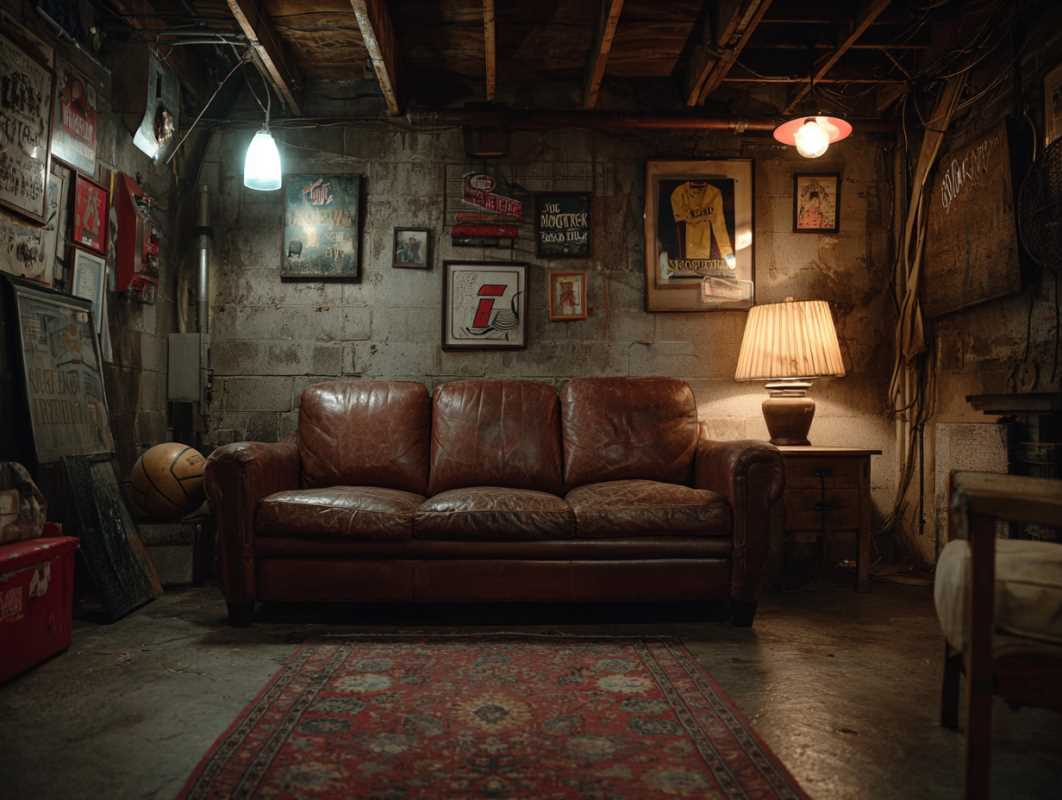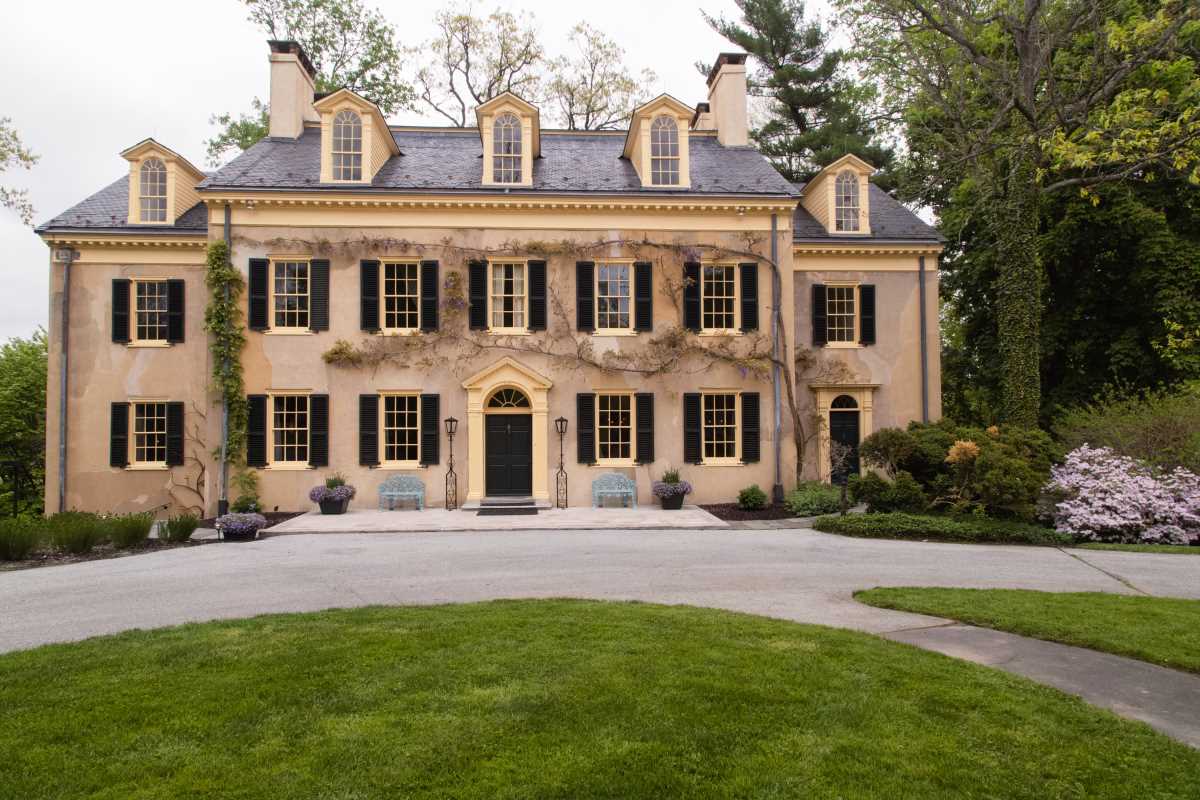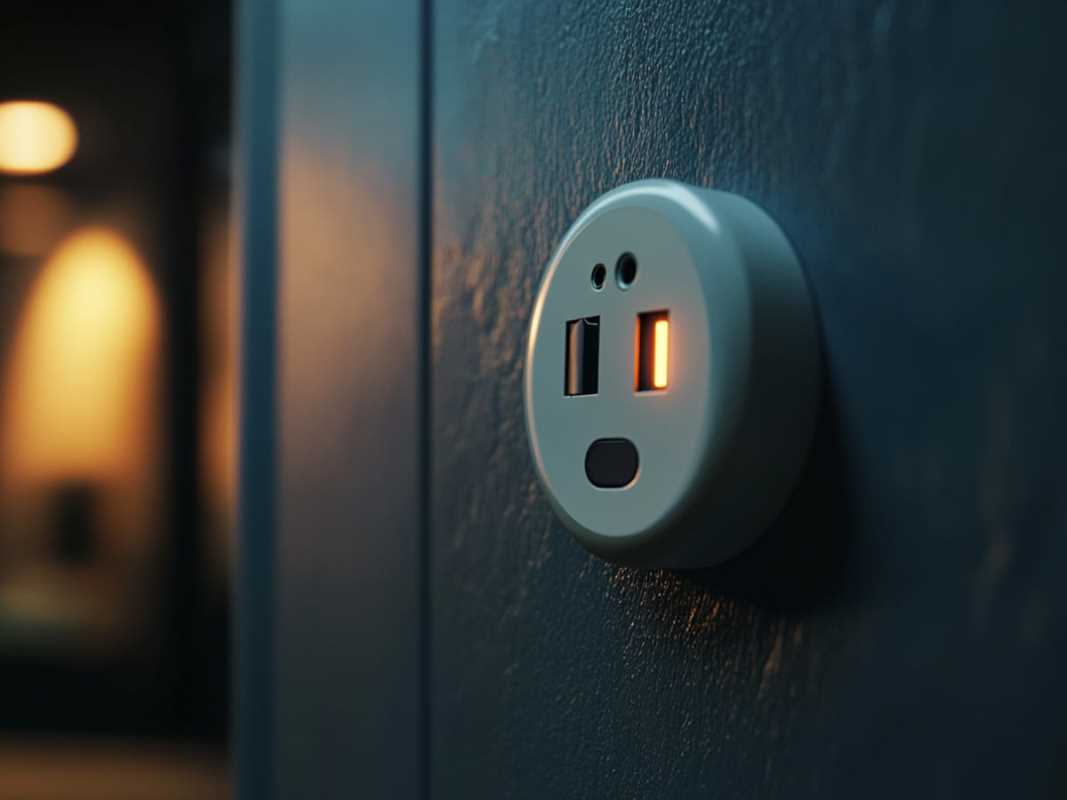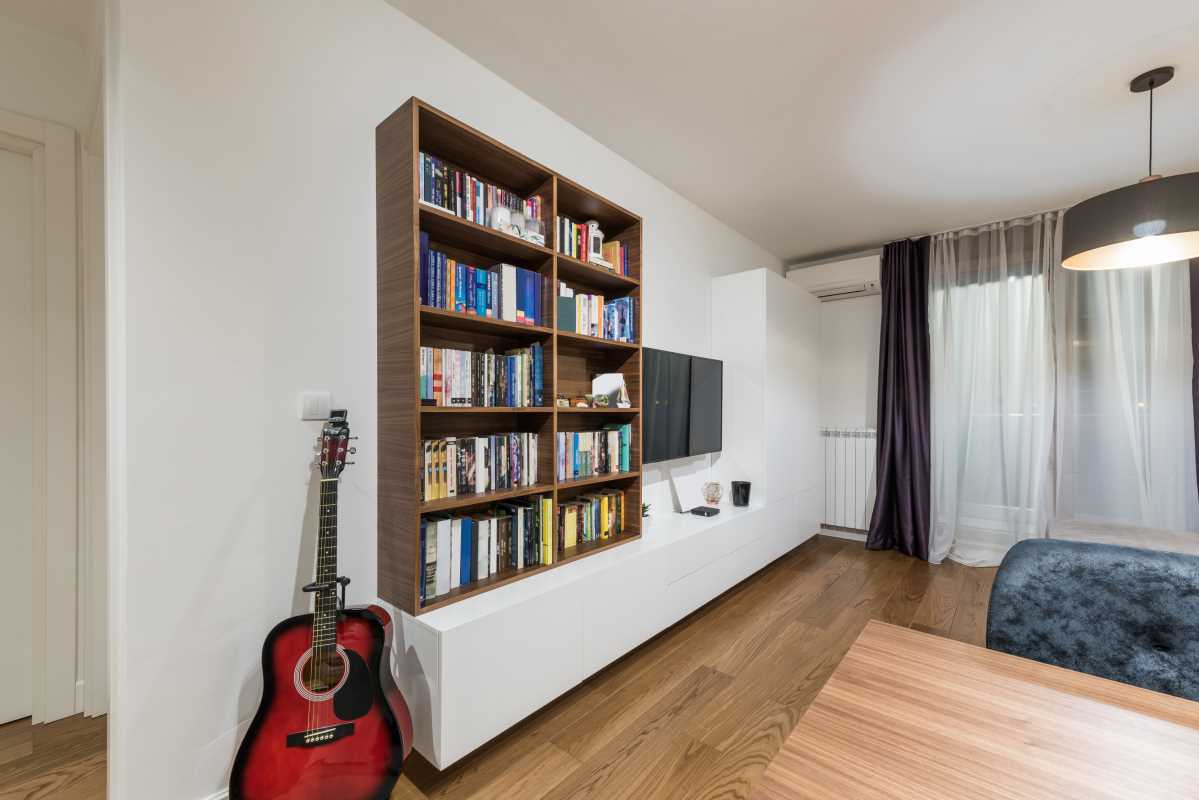Step into the inviting realm of open-concept living, where modern design transforms traditional spaces into expansive, welcoming areas. This popular trend has captivated homeowners and designers alike, celebrated for its ability to foster a sense of togetherness and fluidity. By merging the kitchen, dining, and living rooms into a single, harmonious expanse, open-concept layouts offer a perfect blend of practicality and elegance. Whether you're revamping an old home or crafting a new one from the ground up, adopting this open style can infuse your space with a fresh, vibrant energy that enhances both everyday life and special gatherings.
Define Your Zones
Creating distinct zones within your open-concept living space helps maintain organization and ensures each area serves its intended purpose. By clearly defining different functional areas, you can prevent the space from feeling chaotic and ensure a smooth flow throughout the home. Here are some key zones to consider incorporating into your open layout:
- Living Area: Designate a comfortable space for relaxation and socializing. This area typically features sofas, chairs, and entertainment centers, providing a hub for family gatherings and leisure activities.
- Dining Area: Allocate a spot for meals with a dining table and chairs. Including a buffet or hutch can add storage and enhance the dining experience.
- Workspace: Set up a quiet corner or nook for working or studying. Equip this zone with a desk, chair, and storage solutions to create a productive environment.
- Kitchen Island: Incorporate a kitchen island that serves multiple purposes, such as additional workspace, casual dining, and storage. This feature can also act as a visual divider between the kitchen and other areas.
- Reading Nook: Establish a cozy corner with a comfortable chair, lamp, and bookshelves. A dedicated reading area provides a peaceful retreat within the open space.
Choose a Cohesive Color Palette
Selecting a unified color scheme is essential for maintaining harmony across your open-concept space. A cohesive palette ties different areas together, making the entire space feel connected and well-designed. Here’s how to create and apply a cohesive color palette:
- Base Colors: Choose neutral tones for larger elements like walls, floors, and major furniture pieces. Shades of white, beige, gray, or soft pastels provide a versatile foundation that can complement various accent colors.
- Accent Colors: Incorporate pops of color through accessories such as pillows, rugs, artwork, and decor items. These accents add visual interest and personality without overwhelming the space.
- Consistent Palette: Stick to 2-3 main colors to ensure consistency and prevent the space from feeling disjointed. Consistent use of your chosen palette across different zones creates a unified look.
- Texture and Patterns: Use various textures and patterns within your chosen colors to add depth and dimension. Mixing materials like leather, linen, and metal can enhance the visual appeal of the space.
- Color Blocking: Strategically use different shades within your palette to differentiate between zones while maintaining a cohesive overall appearance. For example, a darker shade can define the dining area, while a lighter tone keeps the living area bright.
Furniture Arrangement Tips
Proper furniture placement is crucial in an open-concept living space to promote flow and balance. Thoughtful arrangement enhances the functionality of each zone and contributes to the overall aesthetic appeal. Here are some practical tips to optimize your layout:
- Create Conversation Areas: Arrange seating to facilitate easy conversation. Position chairs and sofas so they face each other or a central focal point like a fireplace or artwork, encouraging social interaction.
- Define Each Zone: Use furniture to delineate different areas. For instance, placing a sofa against a wall can separate the living area from the dining space, while a bookshelf can act as a room divider.
- Leave Enough Space: Maintain clear pathways between furniture pieces to allow for easy movement. Avoid overcrowding by ensuring there is sufficient space around each piece to prevent a cluttered feel.
- Multi-Functional Pieces: Invest in furniture that serves multiple purposes. Items like ottomans with storage, extendable dining tables, or sofas that convert into beds can enhance the versatility of your space.
- Anchor with Rugs: Use area rugs to anchor each zone, adding warmth and defining the space visually. Rugs can also introduce color and texture, tying different elements together seamlessly.
Lighting Ideas
Effective lighting can change an open-concept space, setting the mood and enhancing each zone's functionality. A well-planned lighting scheme combines different types of lighting to create a balanced and inviting atmosphere. Consider the following lighting ideas:
Ambient Lighting: Provide overall illumination with ceiling fixtures, recessed lights, or large pendant lights. Ambient lighting ensures the entire space is evenly lit, creating a comfortable and welcoming environment.
Task Lighting: Incorporate specific lighting for areas where activities like cooking, reading, or working take place. Under-cabinet lights in the kitchen, desk lamps in the workspace, and reading lamps in the lounge enhance functionality and reduce strain.
Accent Lighting: Highlight architectural features or decorative elements with spotlights, track lighting, or LED strips. Accent lighting adds depth and visual interest, drawing attention to artwork, shelves, or unique design elements.
Natural Light: Maximize the use of natural light with large windows, glass doors, or skylights. Natural light brightens the space, creates a sense of openness, and can improve mood and energy levels.
Layered Lighting: Combine different lighting sources to allow for flexibility in adjusting the light levels based on the time of day or activity. Layered lighting provides the versatility needed to adapt the space for various functions and moods.
Incorporate Personal Style
Embedding your personal style into an open-concept living space ensures that the area reflects who you are and feels uniquely yours. Mixing different elements and accessories allows you to create a space that is both functional and expressive. Here are some ways to infuse your personal touch:
Artwork and Decor: Display art pieces and decor items that resonate with you. Whether it's a favorite painting, a collection of photographs, or unique sculptures, personal artwork adds character and serves as a conversation starter.
Textiles: Use cushions, throws, and rugs in fabrics and patterns that reflect your taste. Textiles can introduce color, texture, and warmth, making the space feel more inviting and personalized.
Unique Furniture: Choose statement pieces or vintage finds that showcase your individual style. A distinctive coffee table, an eclectic chair, or a handcrafted bookshelf can become focal points within the open layout.
Plants and Greenery: Incorporate indoor plants to bring life and freshness to the space. Plants not only enhance the aesthetic appeal but also improve air quality and create a calming atmosphere.
Personalized Accessories: Add accessories that have special meaning to you, such as souvenirs from travels, family heirlooms, or handmade crafts. These items add uniqueness and personal significance to your living space.
By thoughtfully integrating elements that reflect your tastes and preferences, you can create an open-concept living space that is both stylish and deeply personal.
Define zones, choose a cohesive color palette, arrange furniture thoughtfully, and use effective lighting to create a balanced, functional, and stylish open-concept living space. Incorporate your personal style for a truly unique space.
 (Image via
(Image via





